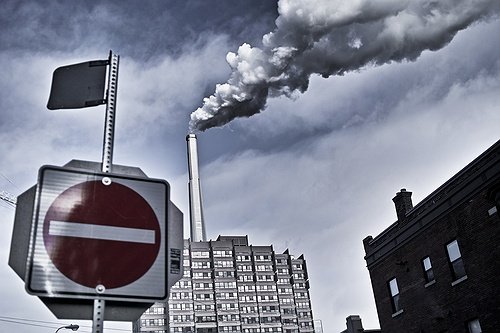Albany, NY - June 3, 2015 - A revised state regulation on the emissions of toxic air contaminants streamlines the existing regulatory process and requires facilities to implement pollution control technologies and prevention measures to limit toxic air emissions will take effect on June 14, state Department of Environmental Conservation (DEC) Commissioner Joe Martens announced. The revised regulation applies to manufacturing, industrial, commercial and other facilities.
"These regulations meet New York's environmental and business goals by providing cleaner air to all New Yorkers while streamlining procedural requirements," Commissioner Martens said. "The revised regulation will better control harmful emissions and provide clarity to facilities on how to comply with emissions standards."
The revised rule, 6 NYCRR Part 212 Process Operations, streamlines the regulatory process by integrating federal and state air toxics programs facility reporting requirements.
The regulation also further protects New York's natural resources from degradation caused by air pollution by:
- requiring new facilities, or those renewing permits, to evaluate the potential for further emission reductions of high toxicity air contaminants, such as arsenic, benzene, mercury and trichloroethylene;
- establishing a Toxics Best Achievable Control Technology (T-BACT) program for toxic air contaminants;
- incorporating pollution prevention opportunities; and
- requiring air cleaning for contaminants that may cause serious adverse effects on people or the environment.
DEC released a pre-proposal of the regulation in October 2013 and held three stakeholder meetings to provide an opportunity for regulated entities and the public to ask questions and submit comments. DEC issued the proposed regulation on December 31, 2014 and received 17 comments during the public comment period that ended on February 17, 2015.
The final rulemaking documents, including the assessment of public comments, are available on DEC's website.










